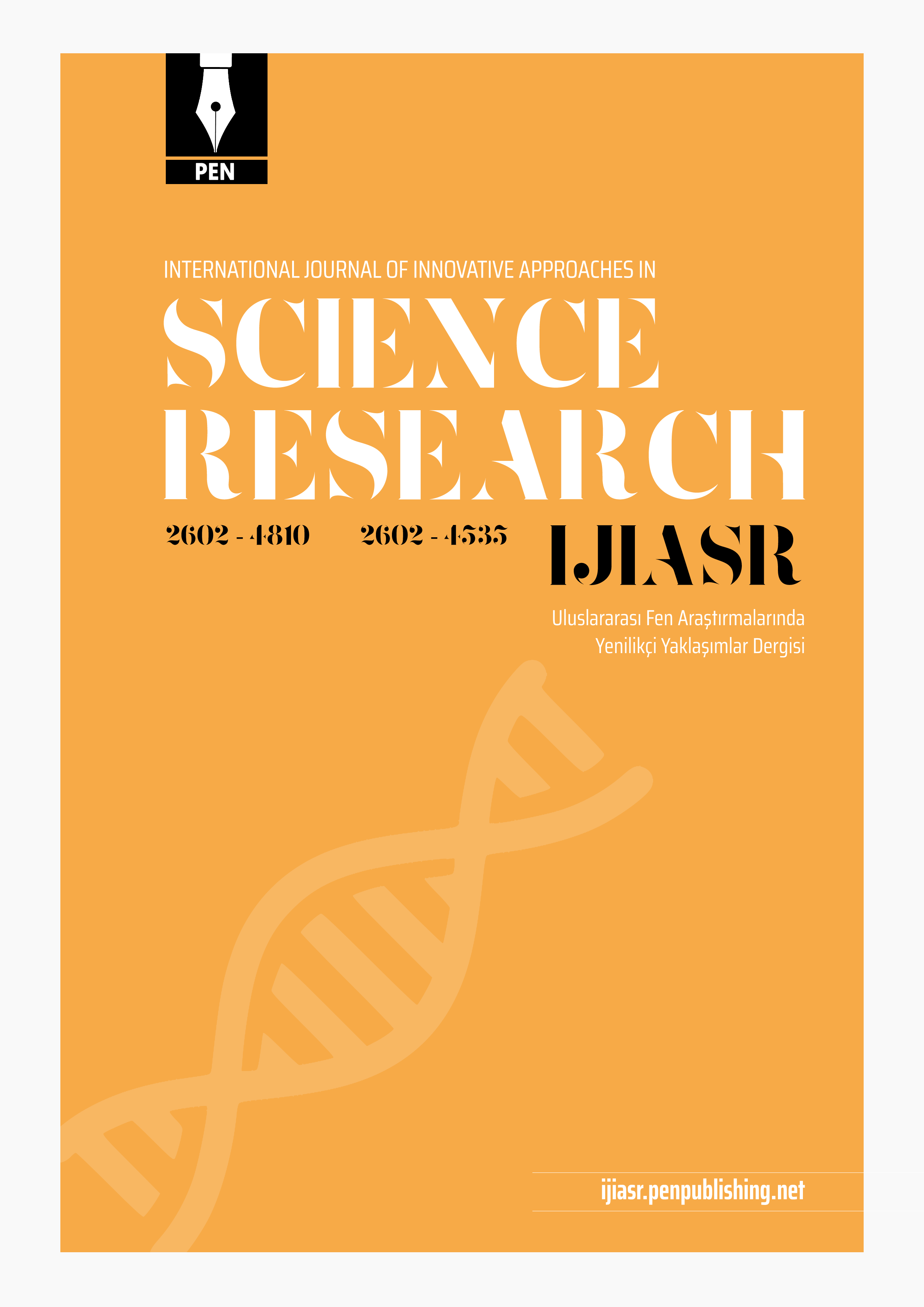
Uluslararası Fen Araştırmalarında Yenilikçi Yaklaşımlar Dergisi
Yazarlar: Mustafa Eray Bozyel, Elif Merdamert-Bozyel, Atakan Benek, Dilay Turu, Mustafa Ali Yakan , Kerem Canlı
Konular:-
DOI:10.29329/ijiasr.2021.379.4
Anahtar Kelimeler:: Liliaceae,Colchicaceae,Gagea,Tulipa,Fritillaria,Lilium,Colchicum,Ethnobotanical Uses in Turkey
Özet: The relationship between plants and humans is as old as human history. The branch of science that studies this relationship between humans and plants is called ethnobotany. People have been used plants in various ways, including food, medicine, clothing, goods, and firewood. Geophyte is a name given to herbaceous plants with special subsoil stems, such as bulbs, rhizomes, and tubers. In the Flora of Turkey, monocotyl geophytes are represented by 688 species, of which 244 are endemic. The rate of endemism is 35.5%. They belong mostly to the families Liliaceae s.l., Amaryllidaceae, Iridaceae, Araceae, and Orchidaceae. There are many reports on the ethnomedicinal effects of Liliaceae s.s. and Colchicaceae families. This review reports on the findings of an ethnobotanical survey of Liliaceae and Colchicaceae families used in Turkey. As a result of the study, we listed that four Gagea, four Tulipa, three Fritillaria, and two Lilium taxa from the Liliaceae s.s., and three Colchicum taxa from the Colchicaceae were used ethnobotanically by local people in Turkey. It was also apparent from the results of the study, Liliaceae s.s. and Colchicaceae families are mostly used by local people for ornamental plant. The genus Tulipa has the greatest number of ethnobotanical uses. The most commonly used plant parts are whole plants, bulbs, and flowers.